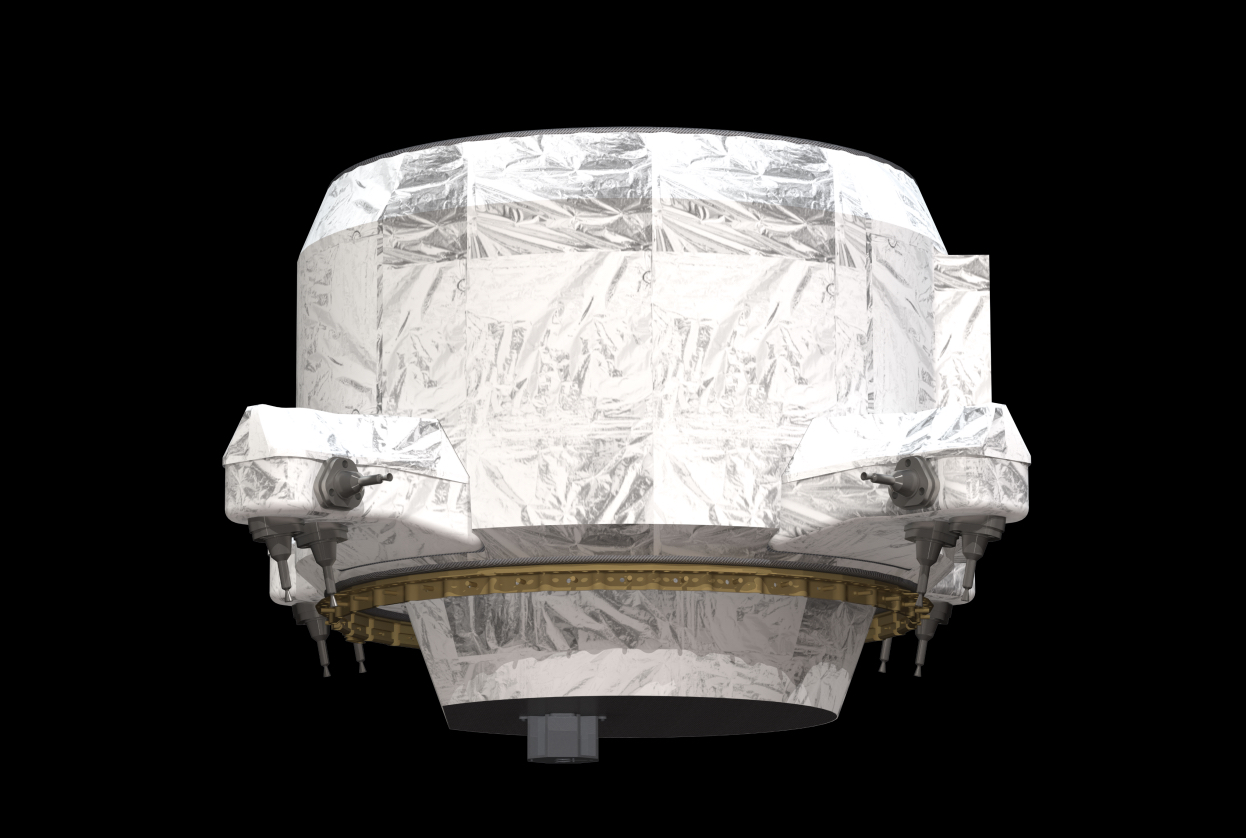
Under a contract valued at over $5.7M, Flight Works is developing a green refuelable ASCENT-based Propulsion Unit with Modular Applications (PUMA) for the Air Force Research Lab (AFRL).
This system is the rst in what is designed to be a family of systems to support the United States Space Force (USSF), NASA and commercial missions requiring advanced propulsion capabilities enabling sustained maneuver and Dynamic Space Operations (DSO).
The USSF has recognized the growing importance of agility and resiliency required for DSO. Earlier this year in an interview for CSIS General Guetlein, Vice Chief of Space Operations, said “If a near peer competitor makes a movement, we need to have it in our quiver to make a counter maneuver, whether that be go up and do a show of force or go up and do a space domain awareness or understand characterization of the environment, etc.,”. While Lt. General Shaw, former deputy commander of the United States Space Command has said “[Not having freedom to maneuver is] constraining us in a significant way. And it’s not enabling us to do dynamic space operations the way we’d like.”
“As AFRL, we are focused on delivering new capabilities that are adaptable to emerging mission needs. Modular in-space propulsion allows our military leaders the flexibility needed to operate in a dynamic space domain, and we are striving for rapid transitions through direct collaborations with the industrial base that the Space Force is leveraging. The eort with Flight Works is a great piece of the puzzle to make modular propulsion the path forward for new architectures.”
Dr. Shawn Phillips, Chief of the Rocket Propulsion Division at AFRL
The system is based on Flight Works’ spaceight-proven micro-pump-fed propulsion technology adapted to ESPA-class spacecra. It leverages several NASA-funded efforts advancing technologies for high performance, non-toxic Lunar Transfer Stages, Orbital Maneuvering Vehicles (OMVs), and deorbiting and refueling servicers.
ASCENT (Advanced Spacecra Energec Non-toxic Propellant), formerly known as AF-M315E, was developed by AFRL as a high performance, low-toxicity alternative to hydrazine, enabling increased mission capability and flexibility. ASCENT was rst demonstrated in space on the NASA Green Propellant Infusion Mission (GPIM) with AFRL parcipaon, and more recently in 2022 in NASA’s Lunar Flashlight. “With a pump, we can use low-pressure tanks and spacecra operators can control the pump during the mission to tailor thruster performance to mission needs. The system can provide high pressure for deltaV maneuvers, and low pressure/low impulse bit for ght thruster control during maneuvers such as Rendezvous, Proximity Operations and Docking [RPOD],” says Dr. Eric Besnard, President & CEO of Flight
Works.
The result is a simple low-pressure system whose performance rivals that of convenonal bipropellant systems at a fraction of the cost and without the operational constraints of high-pressure or hypergolic propellants. PUMA also incorporates a refueling port which, combined with the micropump, provides a built-in refueling capability. This game-changing technology truly enables the means of providing inorbit life extension while supporting a wide range of missions and sustained maneuver towards a more sustainable and resilient space operations infrastructure.
“Modular propulsion is going to be a game-changing technology. From an R&D perspective it will remove many transition barriers associated with integrang new propulsion systems. From an operations perspective it enables responsive space for both ground integration and on-orbit maneuver. Ultimately, it’s going to accelerate the pace at which the USSF can address adversarial threats in the space domain.”
Major Joseph Dechert, Chief of the Spacecra Branch at AFRL
Besnard adds that “ASCENT combined with the pump technology enables producing a family of agile high-performance systems. Every other propellant presents unique challenges; Nitrous-based solutions require the propellants to be stored at hundreds of psi. High-Test Peroxide (HTP)-based systems present significant long-term challenges for mul-year missions. We believe that a low-pressure system with a high-performance ultra-stable monopropellant is the right choice for affordable missions which demand responsiveness and agility. With new thrusters coming on the market, the pump-fed ASCENT approach can circumvent these issues.”
About Flight Works, Inc.
Flight Works provides enabling solutions from Earth to Space over a wide range of applications and markets, from life-changing medical implants to space mobility and servicing technologies. Flight Works has been serving space and other aerospace, medical, chemical, energy and other industries with high tech, miniature uidic components and is now expanding into systems to support the emerging space mobility and servicing economy.
About AFRL
The Air Force Research Laboratory, or AFRL, is the primary science research and development center for the Department of the Air Force. AFRL plays an integral role in leading the discovery, development and integration of affordable weighing technologies for our air, space and cyberspace force. With a workforce of more than 11,500 across nine technology areas and 40 other operations across the globe, AFRL provides a diverse portfolio of science and technology ranging from fundamental to advanced research and technology development. For more information, visit www.afresearchlab.com.
Distribution Statement A: Approved for Public Release; Distribution is Unlimited. PA# AFRL-2024-1814